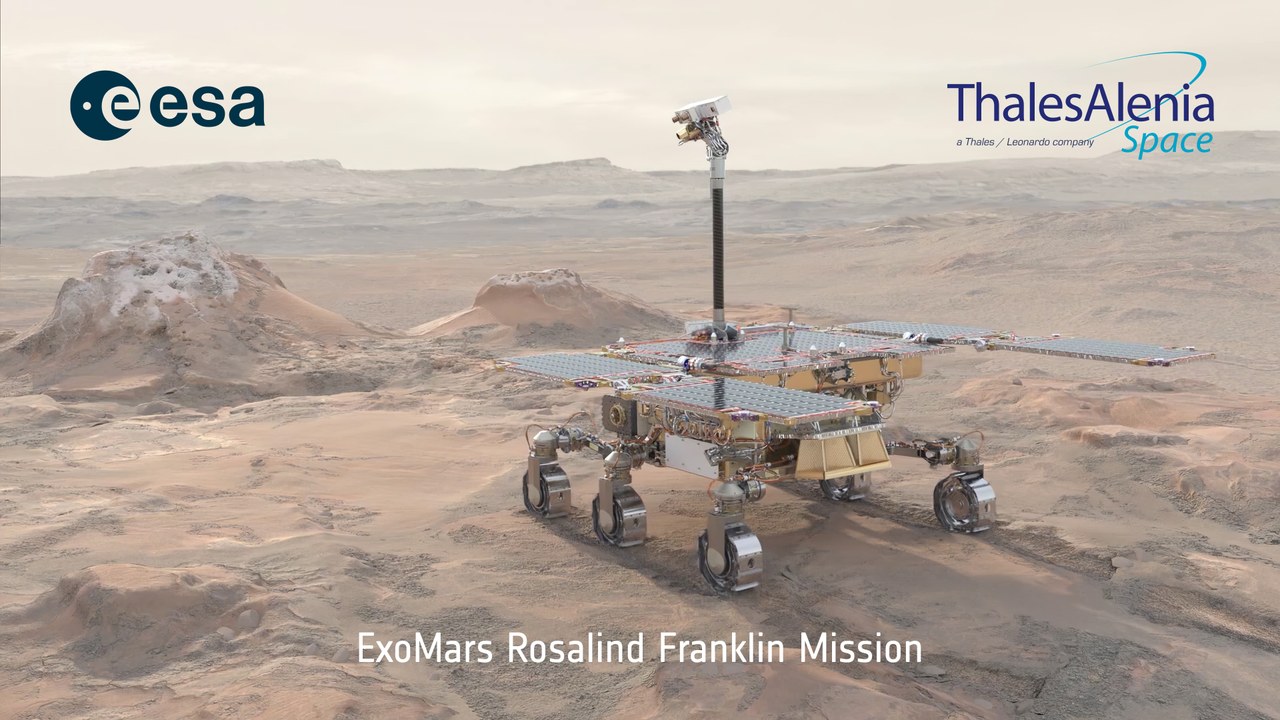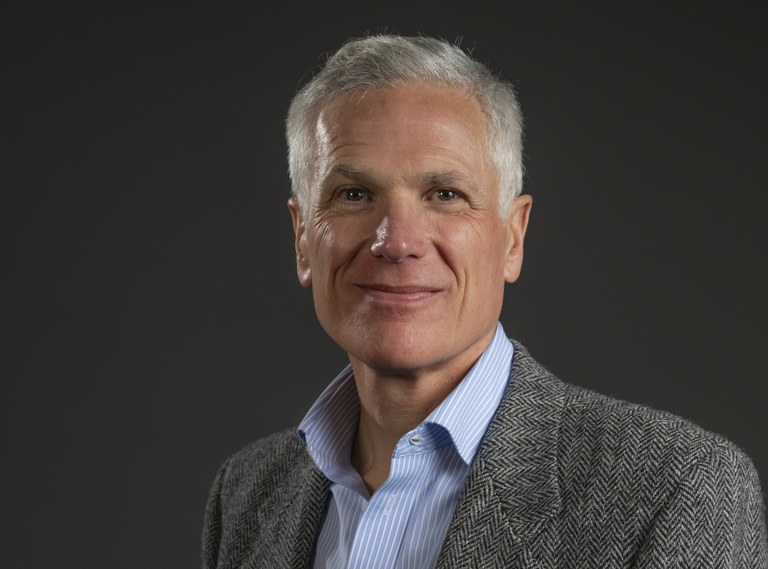Searching for life on Mars with the Rosalind Franklin rover
Special events
- Participant
-
Jorge Vago
European Space Agency (ESA) - When
-
2025/03/12
18:30 - Place
- Kutxa FUndazioa Kluba, Tabakalera
- Organizers
- DIPC, Kutxa Fundazioa
- Add to calendar
-
iCal

- The head scientist of the ExoMars program of the European Space Agency (ESA) Jorge Vago will give a public lecture at Kutxa Fundazioa Kluba, 1st Floor, Tabakalera, on 12 March in collaboration with DIPC.
- The meeting and subsequent dialogue will be led by DIPC Ikerbasque researcher Juan Manuel Garcia Ruiz, a scientist and expert in the origin of life and leader of the European Protos consortium.
- The conference is in Spanish and free of charge until full capacity is reached
Finding evidence of life beyond our planet is one of the most important scientific challenges of our time.
From its inception in 2002, ExoMars was conceived to answer a specific fundamental question: Was there ever life on the red planet? There is evidence that Mars harboured large amounts of water in the past, but the Martian surface is, at present, an arid desert exposed to strong radiation that makes life an impossibility, at least on the surface.
In 2028, the European Space Agency's (ESA) Exomars intends to send the Rosalind Franklin rover to Mars, a state-of-the-art mobile station equipped with a whole series of scientific gadgets to study the Martian subsoil. The aim of the mission is to go down to a depth of two metres to take samples, analyse their composition and search for evidence of past, and who knows, maybe present, life.
The scientific and technological challenge is enormous. To guarantee the best conditions and ensure the scientific team's ability to search for physical and chemical biotraces, it has been necessary to embark a 2 m deep drill, a careful choice of mission payload, as well as a field survey to establish the scientific potential and age of the landing site. The exploration strategy has identified the main targets, the number of trips required and the way in which the instruments will be used together.
This presentation will explain what distinguishes the Rosalind Franklin mission: how we can obtain, process and study samples; how we evaluate the evidence for or against a possible biological presence; and the types of formations of interest offered by the landing site, Oxia Planum.
About the speaker

Jorge Vago (Buenos Aires, 1962) is the scientific head of the ExoMars programme. Vago studied engineering and electronic engineering before specialising in applied physics with a PhD in plasma physics and planetary physics. He has been working for the European Space Agency (ESA) since 1992. As head of the Exomars programme, all his energy is focused on his second mission, which will take the Rosalind Franklin rover to Mars. The job is to coordinate the scientific aspects of the mission - which has an international team of some 400 researchers - and to follow its implementation. It is a constant dialogue - not always easy - between science and engineering with the aim of identifying pragmatic solutions to a never-ending series of realisation challenges. At ESA, Jorge also collaborates with NASA in the planning of future Mars exploration missions, such as Mars Sample Return (MSR).
